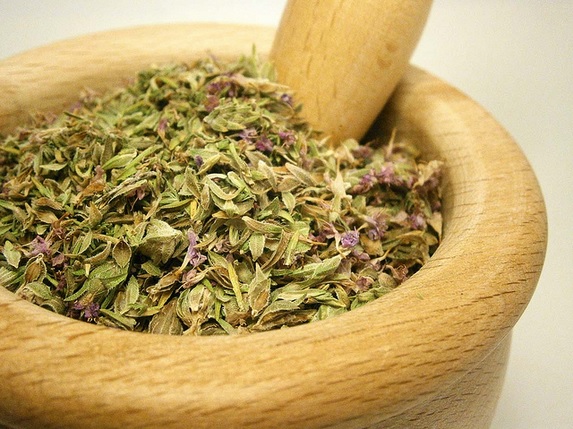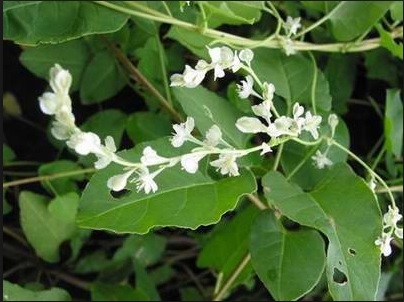
Why The Processing Methods of Natural Hair Ingredients Matter – The Value of Plant Extracts
Most of our pharmaceutical drugs carry active agents which are modeled from molecules found in plant extracts. However within the original plant are additional components which contribute to the overall effectiveness and value of the results. These are often alkaloids which help to balance out the dynamics of the active agent and work in a more seamless fashion within the body.
Natural ingredients that are available for consumer purchase are often accompanied by these supplementary factors. This is why they are safer with relatively minimal risk of unwanted side effects.
There are many people who have had the experience of addressing a particular health issue quite effectively and easily by using natural ingredients. And the same challenges may not have been addressed quite as well through the use of synthetic products.
Whole plant components typically work in a uniquely comprehensive and holistic fashion. They are often able to integrate with our entire system instead of just addressing the target treatment area.
When it comes to addressing hair loss, more research studies are being conducted to determine which natural ingredients can help promote new growth.
Dr. U is pleased to educate and inform individuals on new findings which offer the most promise. In this article, he addresses how the processing methods of the natural product can affcet its efficacy. Also discussed is why some of the products though well intentioned are rendered useless even before hitting the shelves.
Why The Processing Methods of Natural Hair Ingredients Matter : How Plant Extracts Are Isolated
So far, on our previous posts on natural hair loss treatments, we have discussed studies which have observed the effects of extracts such as:
- topically applied essential oils such as: rosemary, lavender, thyme and cedarwood
- Fo-Ti root extract (Polygonum Multiflorum)
- Asiasari radix
However, in your personal research and education on natural treatments, it will be important to understand the processes involved in isolating such ingredients from the original plant. There are three basic techniques to become familiar with:
- steam distillation
- cold pressing
- Liquid and gas extraction
How plant essences are processed can significantly determine their effectiveness.
Steam Distillation
Steam distillation relies on the use of heat to separate the desired extract from the rest of the plant organism. There are three basic steps to achieving this:
(1) The plant is placed on a screen surface which is placed on top of a water boiler. The steam rises up towards the root, leaves or flowers to create a vapor which contains the essential oil. The steam and oil reach a condenser unit.
(2) Within the condenser, the temperature is much cooler. This allows the steam and vapor to condense into liquid which is collected into a receiving vessel.
(3) Inside the final receptacle, the essential oil floats to the top of the liquid (which came from the steam), referred to as hydrosols. The oil is then collected while the water returns to the boiler.
While steam distillation is a cost effective technique used for producing essential oils, the heat which is used can denature the plant extract. And this is likely to alter or reduce the potency of the desired properties, according to Dr. U.
Cold Pressing
Cold pressing does not use heat to separate the main set of components from the plant. It involves a four step process:
(1) The leaves, flowers, fruit or root undergoes scarification. This is mechanically done to open the compartments within the plant containing the essential oil.
(2) The plant material is pressed to remove the desired juice and oil extract.
(3) The peel, juice and oil and other remains from the plant are placed in a centrifuge. This is done to separate the solid matter from the liquid.
(4) The liquid layer is isolated. And the oil is then separated from this fluid.
Cold pressing does not use heat. However, it requires the use of specialized equipment such as the centrifuge. And the overall process is slightly more involved. These factors contribute to higher costs in the final product. However, this process does not incur heat damage to the plant extract. Therefore, the final essence is able to retain much of its natural form, including the original set of desired properties.
A higher level of effectiveness can reasonably be expected from cold pressed ingredients.
Liquid and Gas extraction
Liquid Solvents such as benzene, toluene and hexane may be used to dissolve parts of the plant in order to isolate the desired essence.
Supercritical Gases : Instead of a solvent, gases such as nitrogen, ethane, ethylene carbon dioxide, methane, propane, propylene, ammonia and sulfur hexafluoride are used to separate the extract from miscellaneous plant material.
Other Processing Techniques
Besides steam distillation and cold pressing, there are other methods for processing natural plant ingredients for storage, extraction and purification purposes.
Storage processes generally include the following:
(1) Drying
This is done for the purpose of conveniently storing the natural extract. There are two:
- natural drying (in the sun)
- artificial drying which uses machines to minimize time
(2) Packaging
Dried plant based ingredients tend to absorb moisture rather easily. Therefore they are considered to be hygroscopic. And their storage requires conditions where humidity is strictly controlled.
Additional extraction processes besides steam distillation and cold pressing include:
(3) Maceration
The plant is soaked in a solvent and the two components are agitated. Once the solvent is drained, a mass known as the miscella remains. This is further processed through centrifuging or pressing to isolate the desired compound
(4) Percolation
This requires the use of a solvent to remove undesired plant material. The process is done repeatedly until the desired extract is isolated
Purification
In addition to containing the desired plant extract, miscella may also contain other substances that are unwanted. Examples include:
- microbes
- contaminants
- residual solvents
- tannins
- pigments
Purification techniques may include the following:
- heating
- precipitation
- ion exchange
- decanting
- filtration
- sedimentation
The use of heat, of course, needs to be done with caution to avoid denaturing the desired substance.
Natural Hair Loss Treatments and Lifestyle
The world of natural products available to today’s consumers is immense. And there is so much information about what ingredients are supposedly good for us.
While we can learn about names, properties and the existence of supportive research, it is also important to understand how the extract was processed.
Ideally, this should involve quality extraction with little opportunity for degradation or denaturization.
We may read about exciting research on a particular plant essence for hair growth and purchase a supplement product which contains it. However, if we are not mindful about how it was processed, it may not produce desired benefits. Of course, there are other factors involved in its effectiveness. But processing is a significant one to consider. Therefore it is important to choose products that have managed to preserve the original nature of the plant extract as much as possible.
In addition to making informed product choices, adopting healthier lifestyle choices can also help with losing hair and even promote optimal conditions for new growth to occur. This would include the following considerations:
(1) Eating a nutrient rich diet
Fruits and vegetables not only contain important vitamins and minerals but also antioxidants as well. Research suggests that free radical damage and oxidative stress can worsen hair loss, particularly in those who are genetically predisposed to pattern baldness. Ideally the choice of produce should be organic and not involve GMO’s.
In addition to fruits and vegetables, the intake of essential fatty acids is also critical for healthy follicles and other tissues within the body. Examples of good sources include walnuts, flaxseeds and coconut oil.
(2) Monitoring hair loss and diet
Eating right can also include omitting certain foods. According to Dr. U, there is not always enough research which unequivocally supports or disproves the detrimental effects of certain foods. However, it may be worth it to notice patterns in your hair loss as it pertains to the food you consume.
(3) Getting sufficient exercise
Exercise is important for helping the systems within our bodies process and utilize energy effectively. Additionally it also enhances circulation to the scalp which increases the availability of oxygen and nutrients to the follicles.
(4) Omitting toxins
Toxins are often thought of as environmental pollution. But they can also be present in substances that we introduce to our bodies. Examples include:
- nicotine
- alcohol
- aspartame
Dr. U believes that the foray into natural hair loss treatments as well as enhancing health on all levels is an exciting journey. Individuals who are willing to embark on this path would simply need quality knowledge and the resolve to turn information and insights into consistent action.
Related Readings:
Choosing Hair Loss Treatment Products Wisely
Do Natural herbal Hair Restoration Remedies Actually Exist ?

